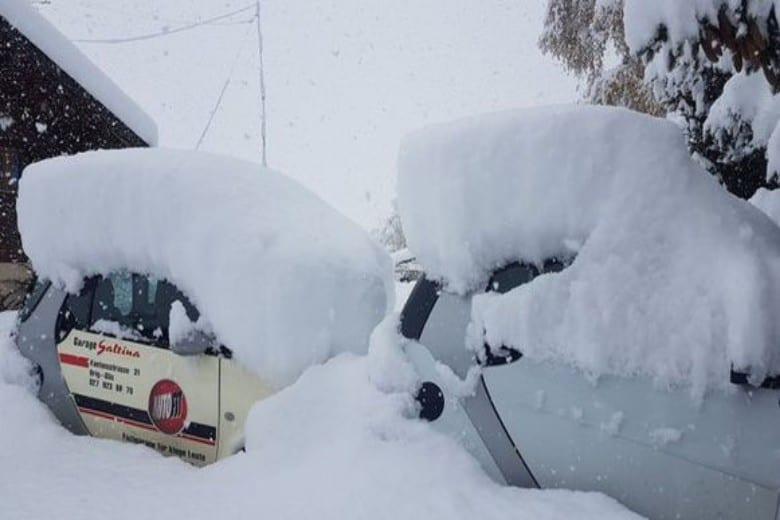The amount of precipitation and snow that Lienz has received over the past three days in the Austrian state of Tyrol occurs only once every 40 to 50 years. That is what the Central Institute for Meteorology and Geodynamics (ZAMG) in Vienna says.
In some parts of Austria it has rained and snowed four times as much this month as normal in an entire month of November. This is also the case for the Spittal an der Drau district in the state of Carinthia.
The problem is that warm air from the south and colder air from the north are currently mixing over the Mediterranean Sea and that low-pressure areas are therefore created. The Alps act as a kind of dam.
In this way, the low-pressure areas do not get any farther north and between Lienz and Italian Venice, for example, are responsible for the large amounts of precipitation in recent days. “In principle, that is a normal mechanism that we have been able to observe regularly in recent years, but the quantities are now extreme,” says Thomas Wostal from ZAMG.
“4,000 families without electricity”
“Many villages are isolated from the outside world and in Tyrol there are 4,000 families without electricity,” reports Lander Van Tricht of NoodweerBenelux. “The snow has become heavier due to the rain, which increased the risk of avalanches. Different mud flows and avalanches have also emerged.”
In addition, various access roads have been closed as a precaution. Mountain villages such as Saas Fee in Switzerland are completely isolated from the outside world.
One dead
It rained most in Kornat (Carinthia) between Friday 7 am and Monday 7 am: 277 millimeters. In Lienz it was 206 millimeters. Less rain and snow is forecast from Wednesday.
That is good news, because in many places the soil is soaked and there is a danger of landslides. In Kleinkirchheim (Carinthia) an 80-year-old man died after a landslide buried his house. There are floods here and there. The Tauern motorway between Spittal and Villach is closed, as are many rail links.
